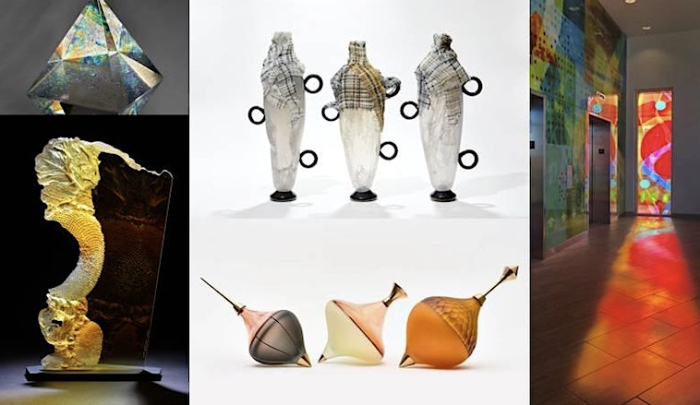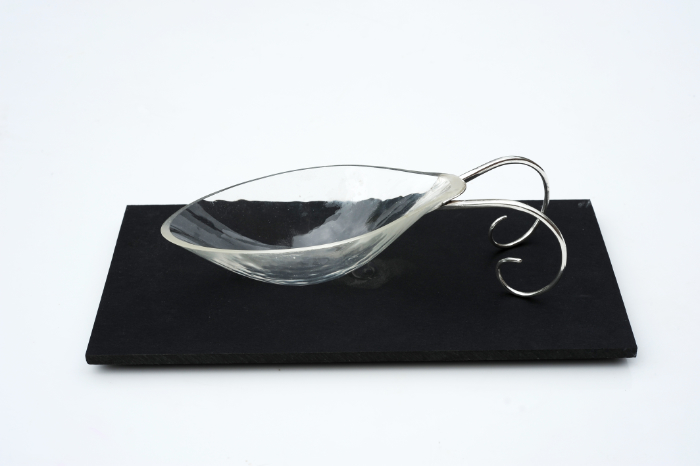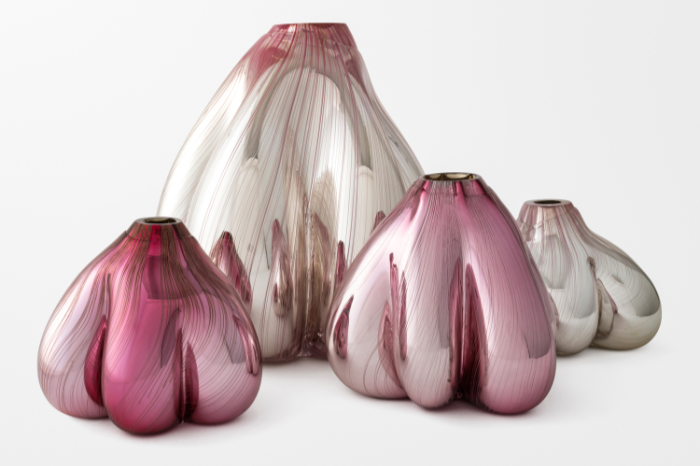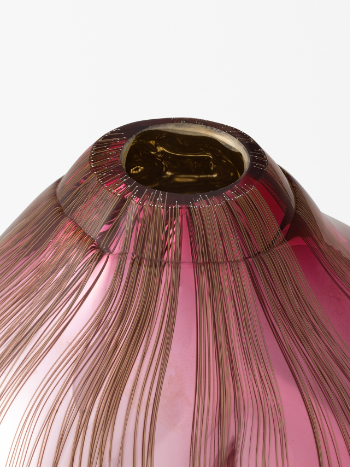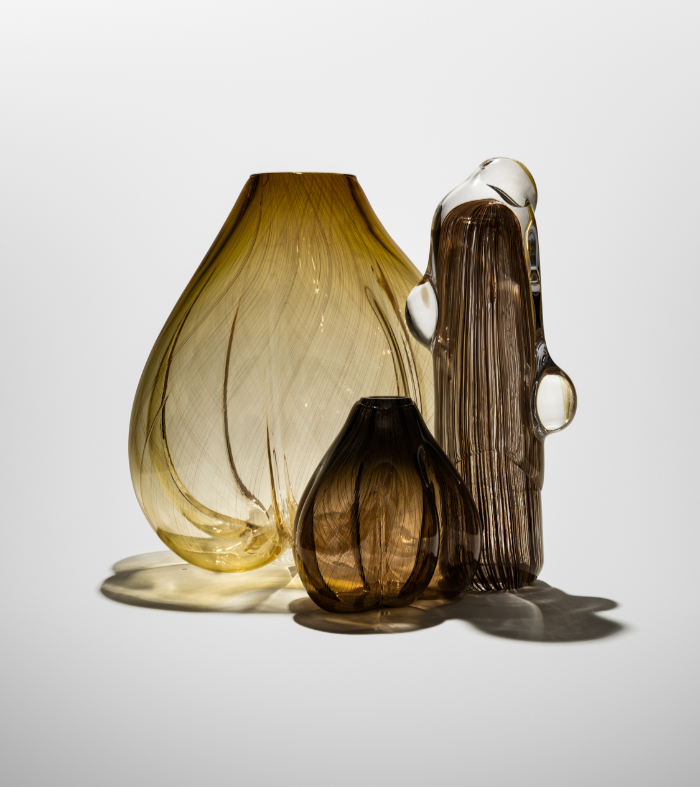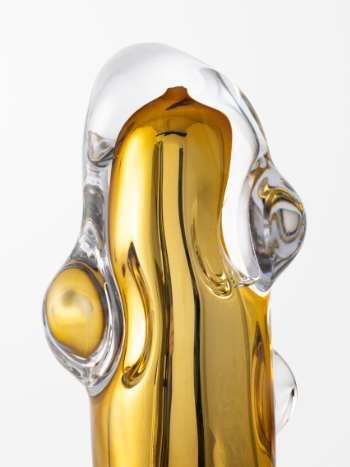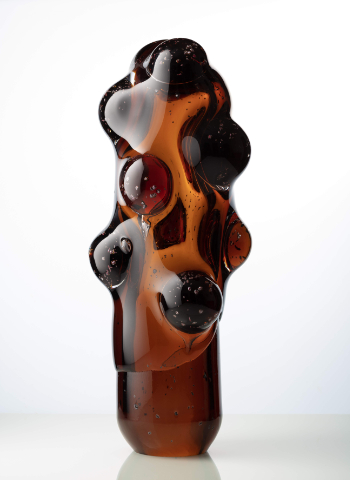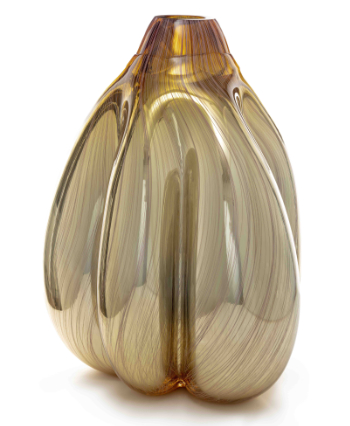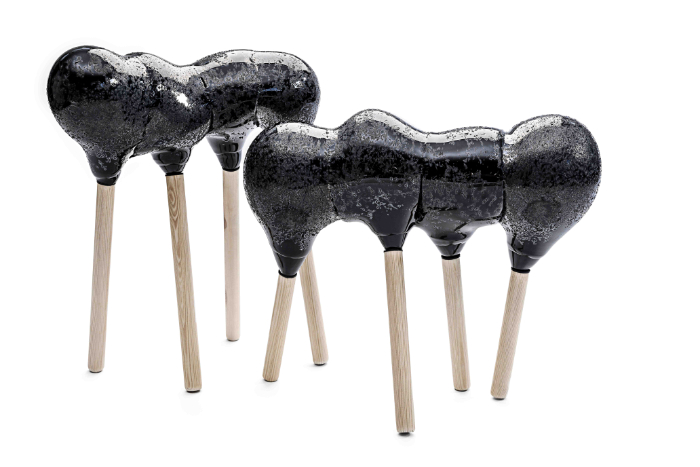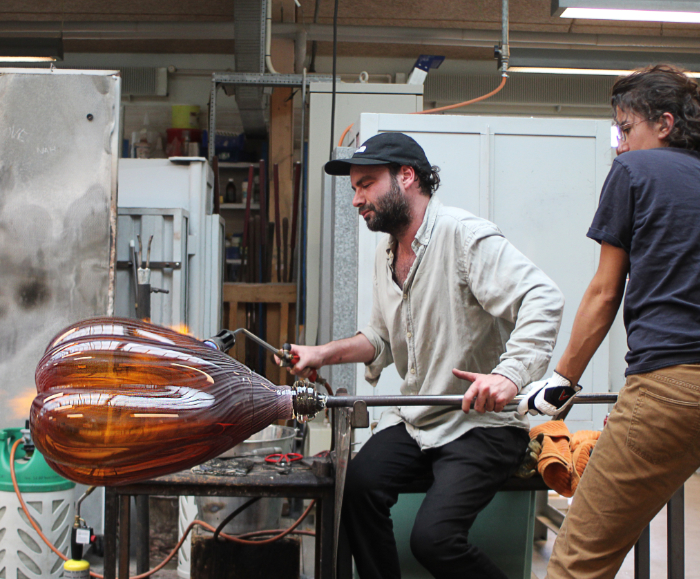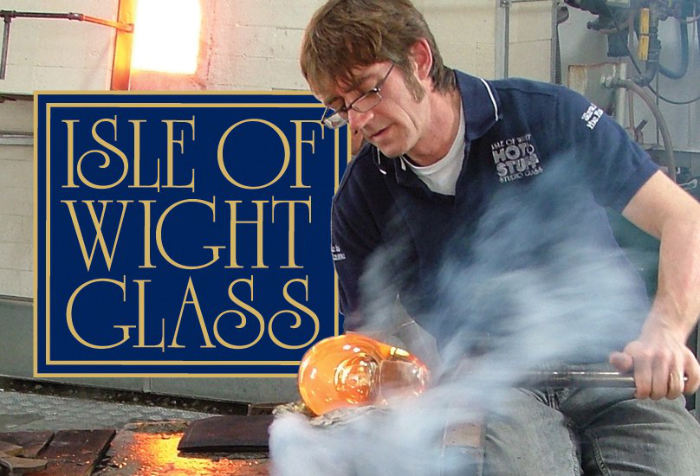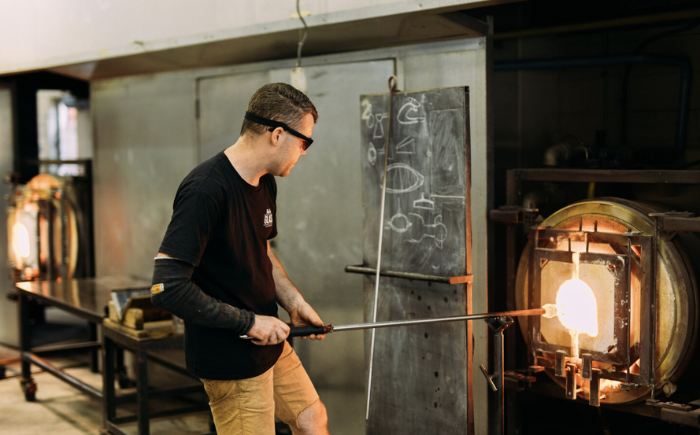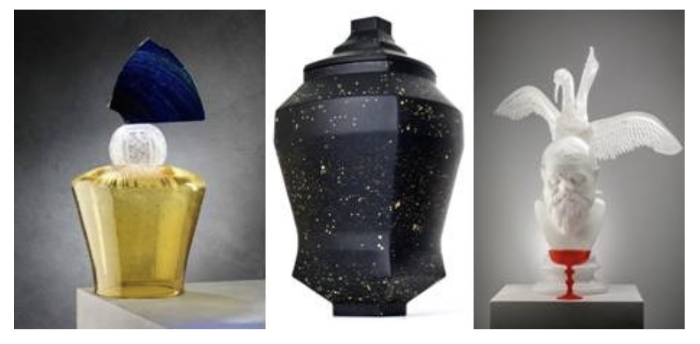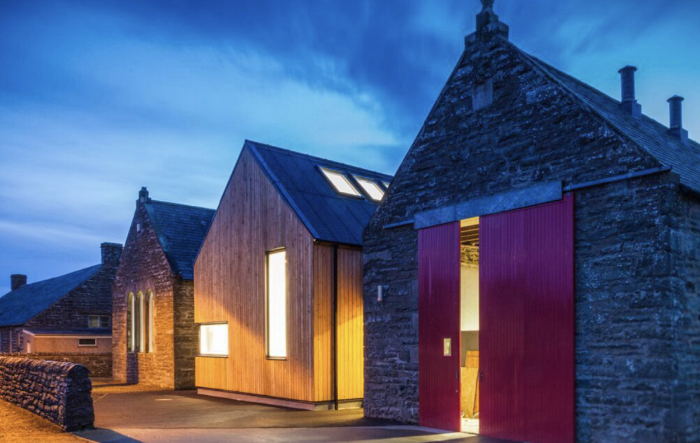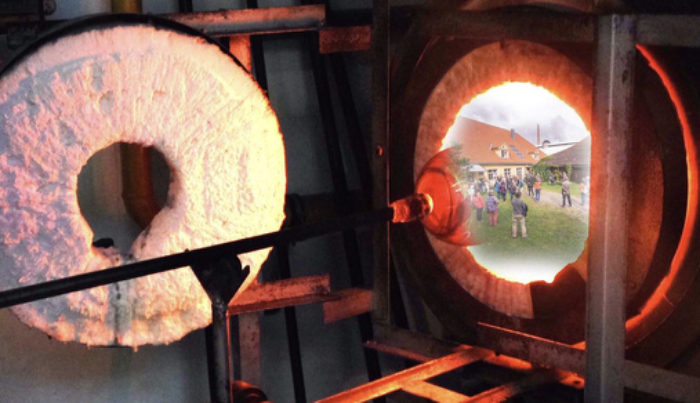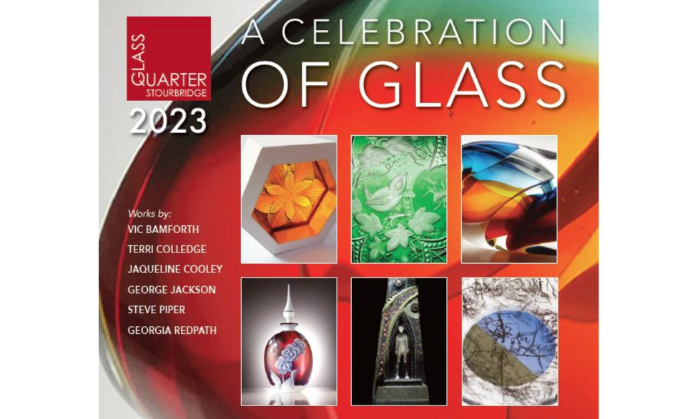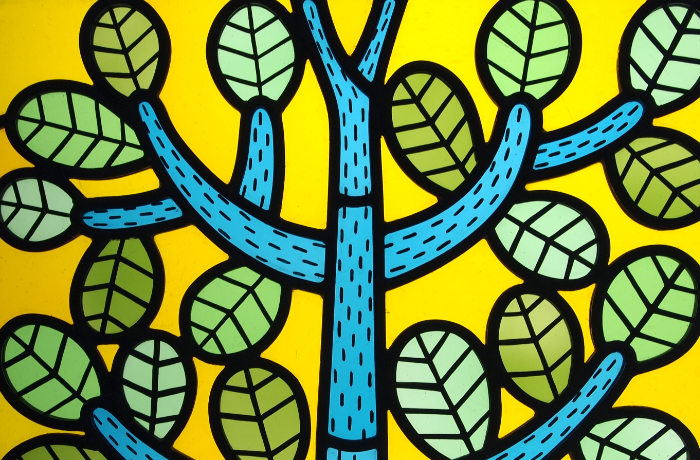
Glass artists Flora Jamieson loves creating both traditional and modern styles of design in her painted stained glass windows – bringing joy to viewers through colour, texture and little details. Linda Banks finds out more.
What led you to start working with glass?
I suppose it was a combination of random circumstances; initially there was a school art trip to Salisbury Cathedral as a teenager that resulted in a few of us slipping away from the guided tour and stumbling upon the stained glass workshops, and thinking that was a cool job… then, a few years later, when I was working in a design studio, I came across a reference book about stained glass that fascinated me, and joined the dots. I signed up to an evening class and was instantly hooked. After that, I took a year-long, part-time course at college, followed by an informal apprenticeship in a London stained glass studio.
What glass techniques have you used and which do you prefer?
When I was learning stained glass at college, I tried a few different techniques – copperfoil, fusing, appliqué, sandblasting and so on, but quite quickly I knew that my real passion was traditional painted and stained glass. I’m interested in using this centuries-old craft to create work that feels contemporary. Sometimes this means using a pared-back colour palette, or stripping away some of the detail to create a minimal, graphic look to a design.
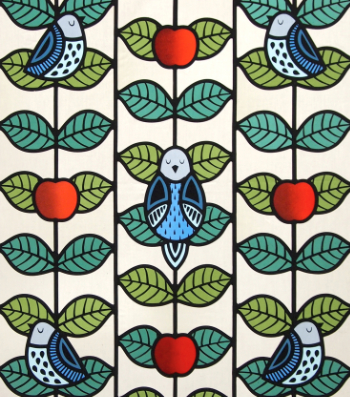
What is your creative approach? Do you draw your ideas out or dive straight in with the materials?
Research is always my starting point, whether that’s in the form of a mind map or a concept board or just a list of things I want to include in the design. That way, when it comes to putting pen to paper, I have a framework to refer to. Then I sketch ideas out loosely in pencil, always working by hand at this stage. Once I have a scale design that I’m happy with, I may scan it in and move or resize some of the elements around digitally, using either Photoshop or Procreate. Then the full-size cutline is drawn up by hand, using the scale design as reference.
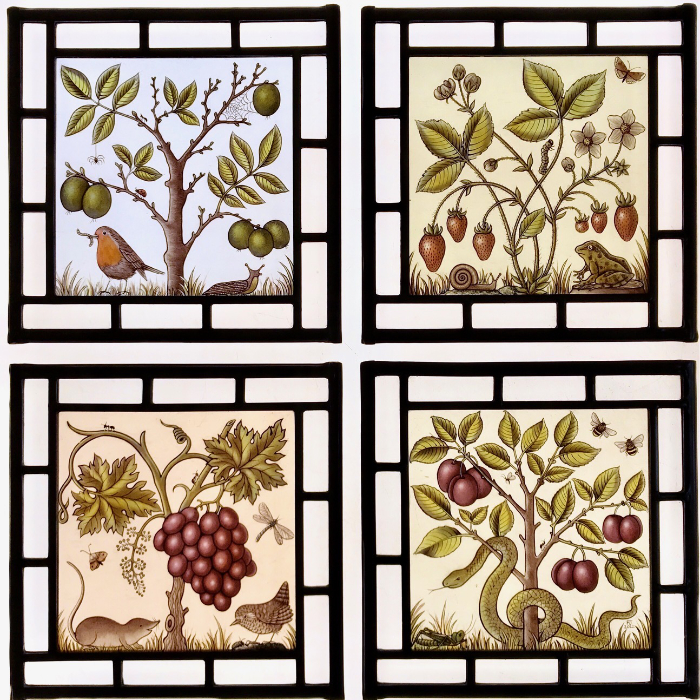
What are your thoughts about architectural stained glass joining the Heritage Crafts Association’s red list? How can this trend be reversed?
One of the major issues is the closure of some of the European flat glass producers, such as Tatra and English Antique (EA). Mouth-blown glass production is labour intensive and expensive to produce, but there is nothing else like it in terms of quality. It would be wonderful if either Tatra or EA could be resurrected somehow, but, failing that, perhaps more UK glass suppliers could stock Lamberts or Saint Just, or Fremont Antique Glass from the US.
What message(s) do you want to convey through your art?
Essentially, I want my work to make people feel a sense of joy, whether that is through the subject matter, the colour palette, tiny hidden details, or the material itself; there is nothing quite like being bathed in the light of a stained glass window and watching it change as the sun and clouds alter, sometimes almost imperceptibly, by the second.
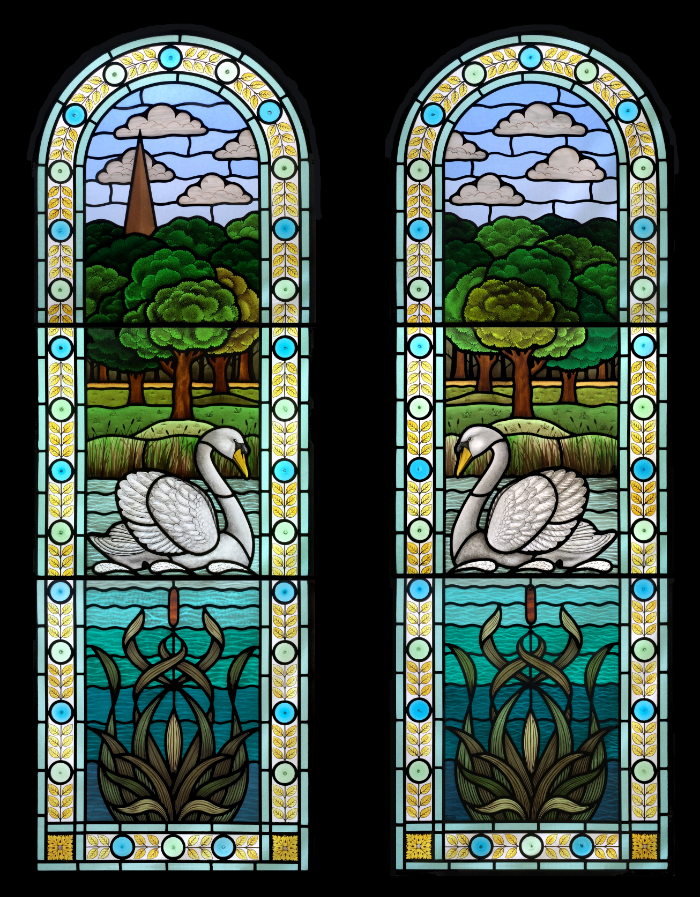
What is your favourite tool or piece of equipment and why?
I have a beautiful wooden bridge (a hand-rest for glass painting) that was made for me by a lovely Ukrainian glass painter that I worked with over 20 years ago. I use it nearly every day and it is still as sturdy now as it was when it was first made. He wasn’t able to speak much English, but he made one for all of us in the studio and hand-lettered our initials on to them. It was the kindest gesture, and I am reminded of him most days as a result!
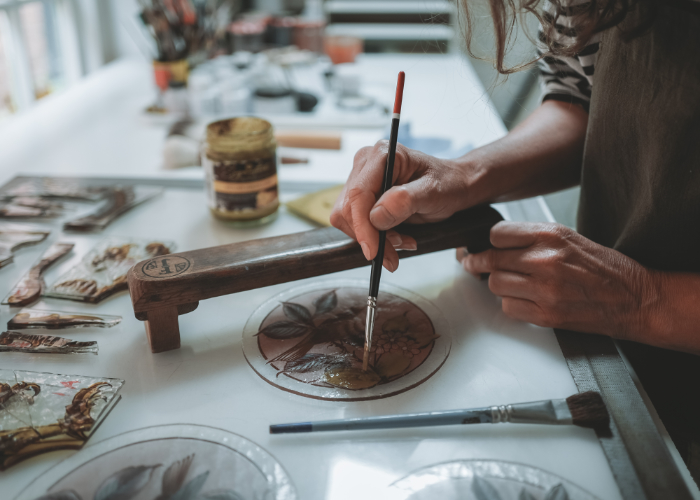
Do you have a favourite piece you have made? Why is it your favourite?
I think it’s a window I made for a private house in Dublin in 2019. The theme was for a garden view, with a pond and a sweeping apple tree. I incorporated lots of detailed flora and fauna in the design, as well as some tiny Studio Ghibli characters hiding in the undergrowth, at the request of the client. It was a joy to design and make, but also it was great to have the opportunity to travel to Dublin to deliver and install it.
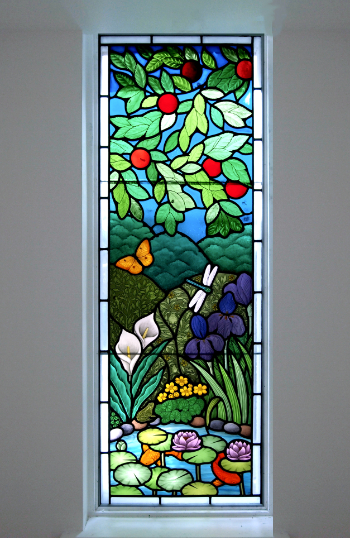
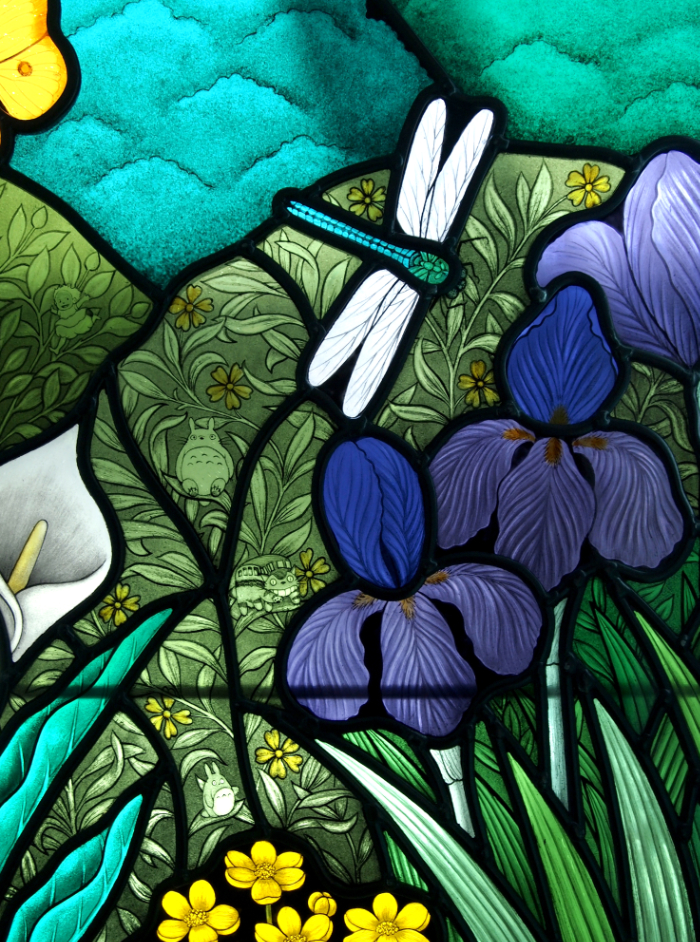
Where do you show and sell your work?
Nearly all of my work is made to commission. Clients mostly find me via social media (mainly Instagram, but also TikTok and Pinterest), Google or word of mouth. I have made small pieces to exhibit and sell in the past and would love a bit more time to pick up that strand of my business, but I’m usually flat-out with commissioned work.
What advice would you give to someone starting out on a career in glass?
While you’re practising your skills at making stained glass, it’s a good idea to practise photographing your work, too, even if no one else sees it. Photographing glass is hard, but good photos are essential if you want to sell your work. It can take a bit of practice to work out the best set-up for photographing your pieces, but, once you have it mastered, it will pay dividends in terms of marketing your work and finding clients in the future.
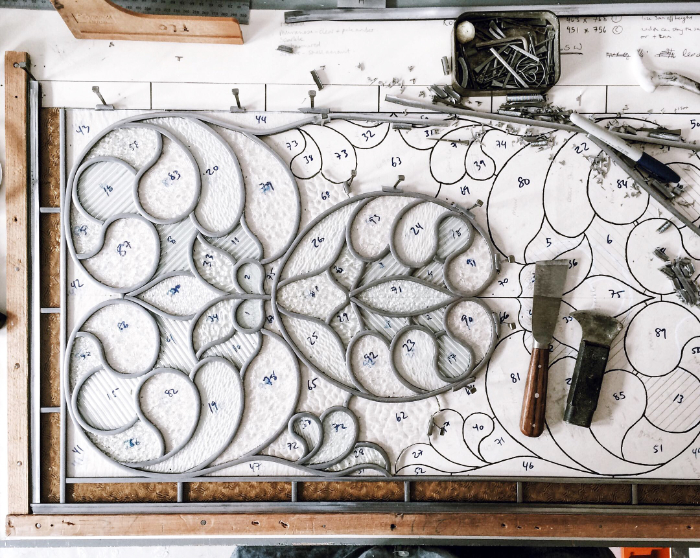
Do you have a career highlight?
I recently designed and made some small pieces for The William Morris Society, which will be available for sale in their shop. As a long-time fan of his patterns and stained glass, it was an exciting moment when they approached me!
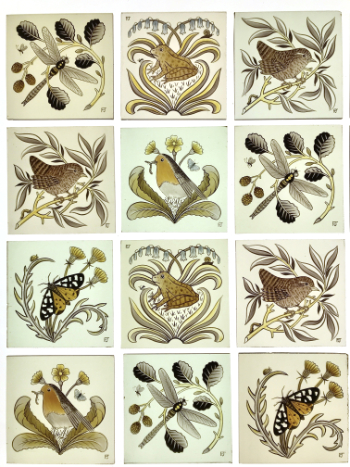
Where is your glass practice heading next?
I’m hoping to create more space in my work schedule to make a few collaborative pieces with other artists. One of the great things about social media is that it allows you to connect with other artists and makers whose style of work aligns with your own. Working collaboratively is a great way to push oneself to try new skills and work in a different way.
And finally…
In 2021 I filmed an online stained glass course with global creative learning platform Domestika. It was really fun to do and it’s been so exciting seeing people all around the world learning how to make stained glass. I wanted to share all the tips and tricks that I have learnt from over 20 years as a professional glass artist. It makes learning the craft accessible to all, as the price is a fraction of what you would pay for an in-person class. When you first start out learning stained glass, you only need a few hand tools and a soldering iron (plus glass, lead and solder) so it’s quite an easy craft to get started in. I have created a 10% discount for readers of CGS Glass Network Digital. Use the code FMJSTAINEDGLASS-CGS to claim your discount via this link
About the artist
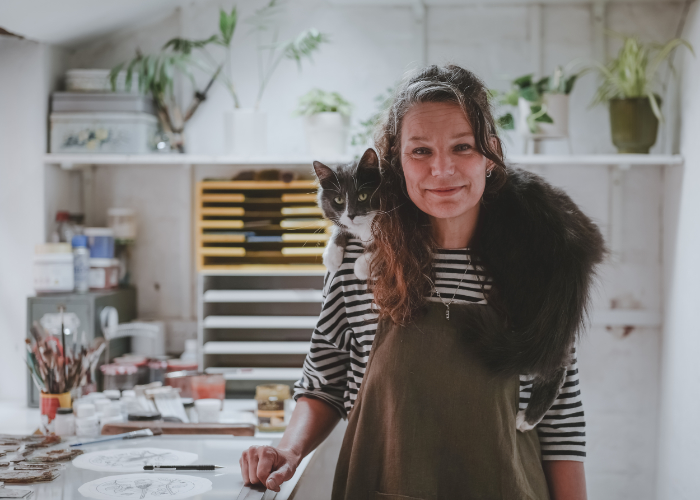
Flora Jamieson has been designing and making stained glass for over 25 years. She works from her studio in Bridport, Dorset.
As well as her own contemporary designs, she also reproduces and restores windows from our rich heritage of domestic stained glass.
Her contemporary designs are recognisable by her use of a bold colour palette, hand-painted repetitive patterns, formed of geometric and cursive shapes, which are given life by the fluidity of the brush stroke, and her meticulous lead lines.
Inspiration comes from many sources: children’s book illustrations, vintage botanical studies, wallpaper and fabric designs and the flora and fauna of the Dorset countryside around her. Like the artists of the Arts and Crafts movement, she aspires to make her work both beautiful and useful, bringing light and colour to homes, and taking nature as her inspiration.
Website: www.florajamieson.co.uk
Instagram: www.instagram.com/theroundwindow
TikTok: www.tiktok.com/@stainedglassflora
Main image: Detail of ‘Multiplication Window’. Photo by the artist.
